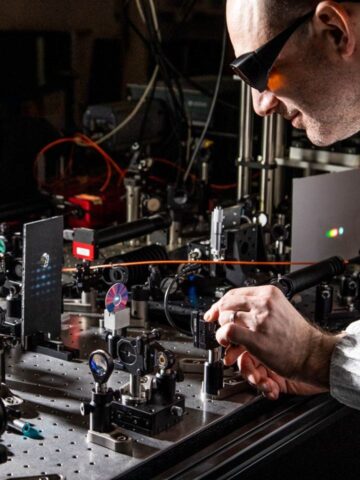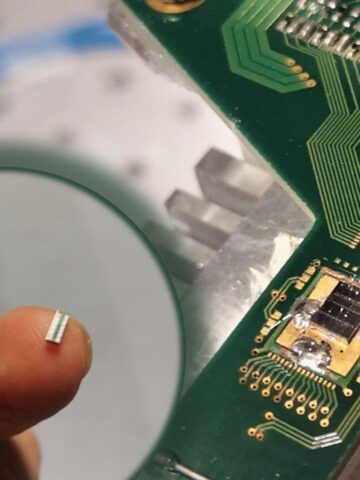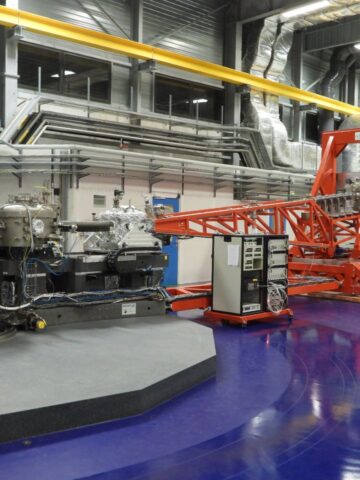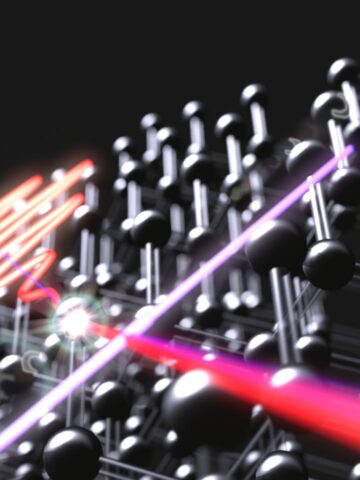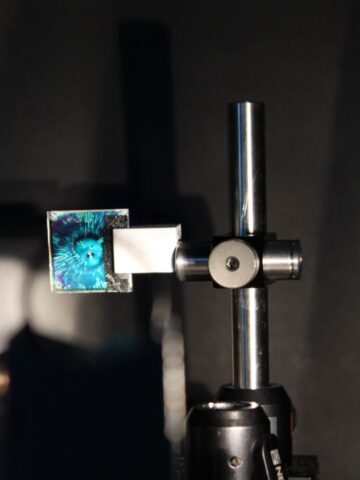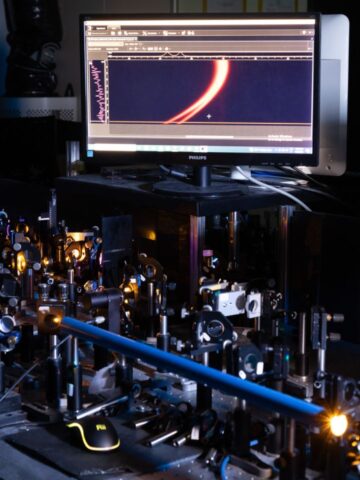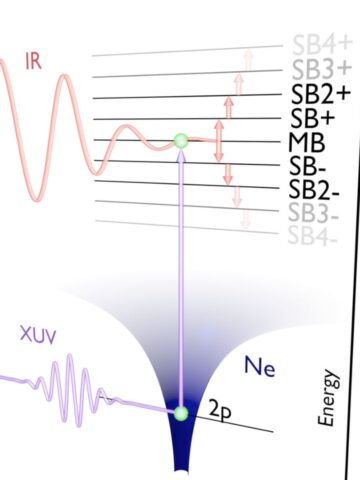A group of researchers at the Institute of Science and Technology-Austria, the Politecnico di Milano, Universitat Autònoma de Barcelona, and Universität Konstanz have created a qubit based on germanium nanostructures. The results of the research were presented recently in the journal Nature Materials.
The qubit, or quantum bit, is the quantum equivalent of a bit, the basic unit of information in a conventional computer with a value of zero or one. In the case of a qubit, the information may be stored in a superposition of two quantum states. In principle, this makes it possible to perform calculations that would require unmanageable times for a traditional calculator.
The qubit is created starting from nanometre layers of germanium, a semiconductor that can be easily integrated in a silicon chip, grown at the L-NESS laboratory in the Department of Physics. The charge carriers trapped in the nanometre layer are then further confined to the space of just a few nanometres through nanomanufacturing carried out at IST-Austria, which coordinated the research.
In contrast to traditional devices based on controlling the electric charge, the qubit uses spin, a purely quantum property of electrons. The confinement of the carriers allows the spin of a pair of charge carriers to be manipulated to perform basic logic operations underlying the quantum calculation.
With respect to similar devices created in the past, qubits based on germanium nanostructures require magnetic fields up to 10 times less and allow 100 million quantum operations to be performed each second.

